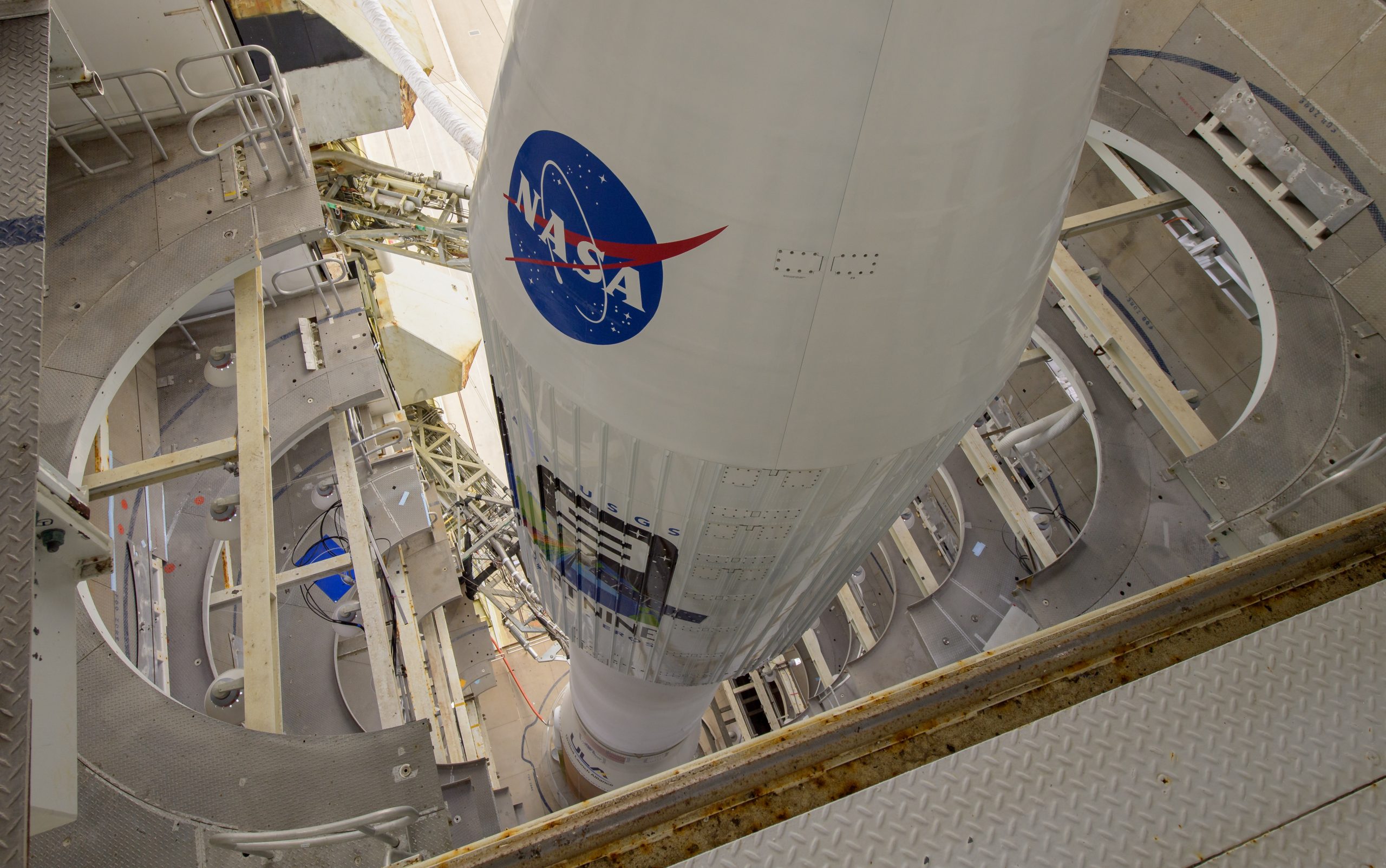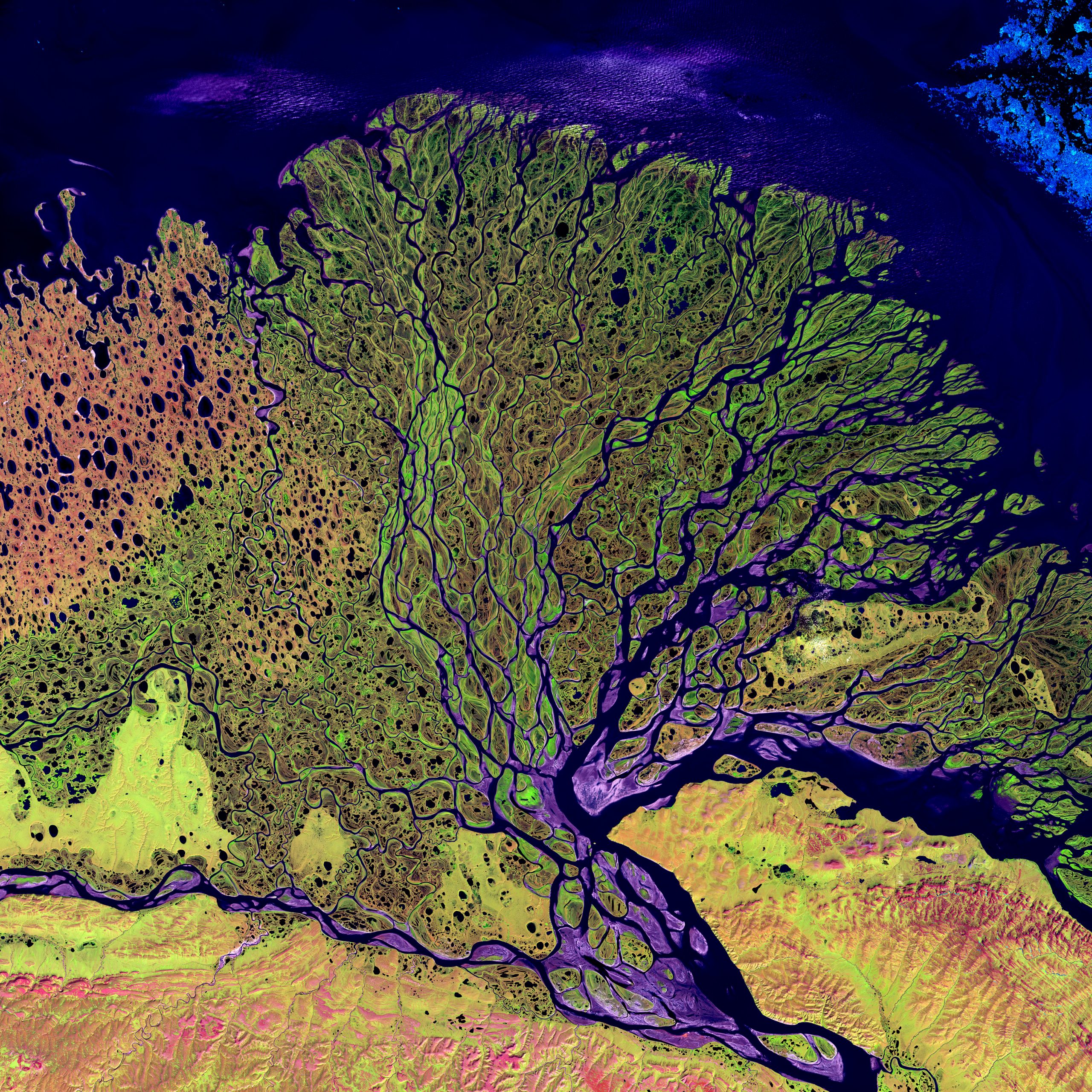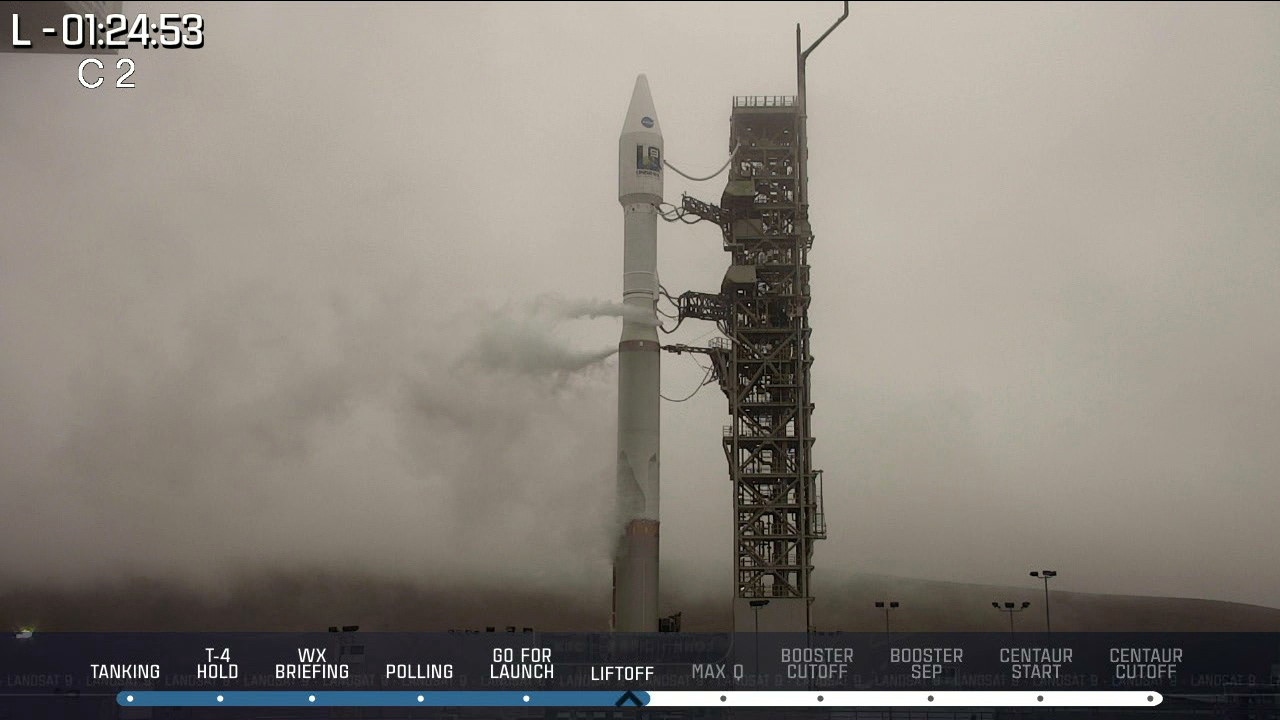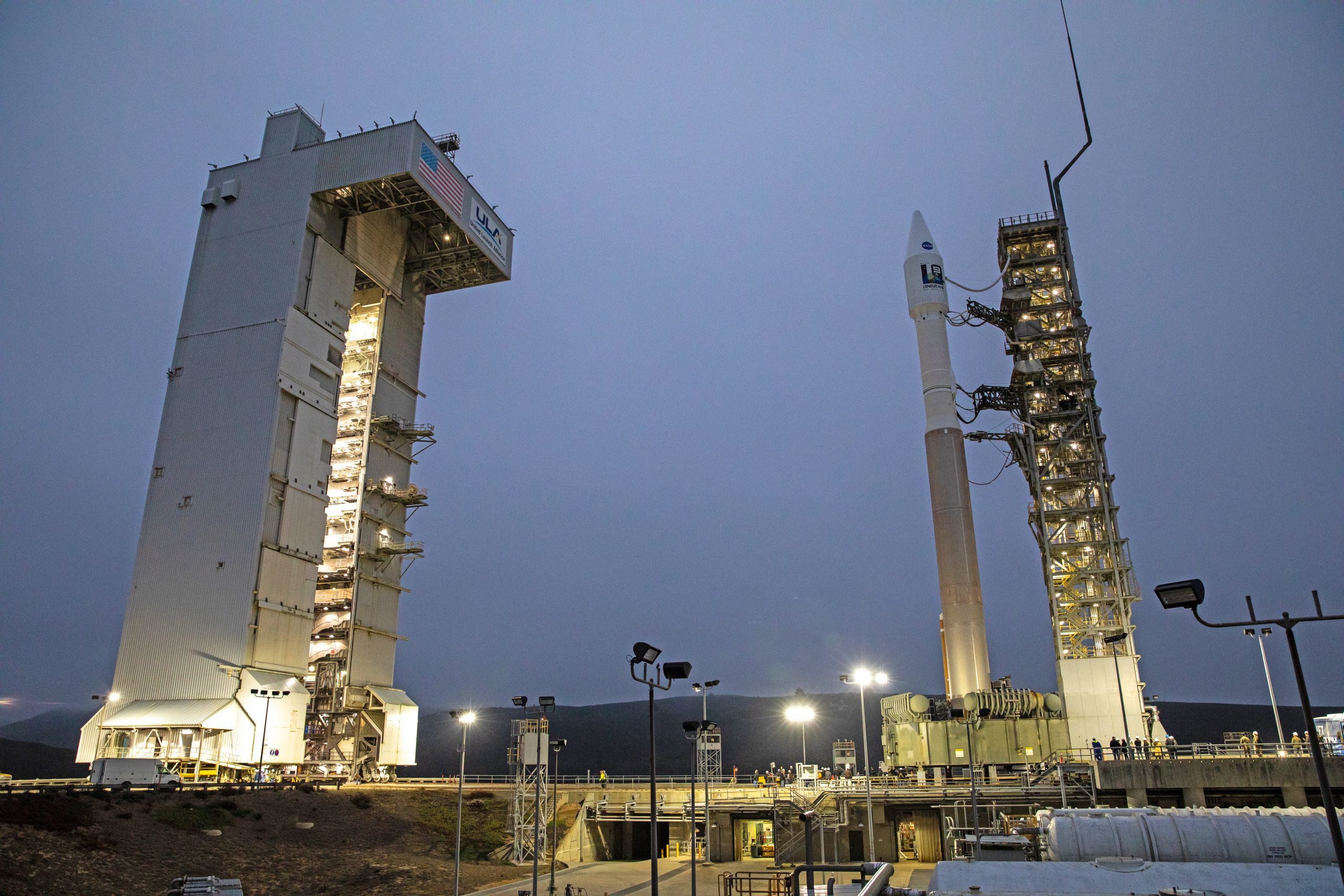
After a United Launch Alliance Atlas V rocket successfully carried the Landsat 9 spacecraft into orbit from Vandenberg Space Force Base in California on Sept. 27, the satellite now joins Landsat 8 in orbit and replaces Landsat 7, launched in 1999.
Landsat 9 and Landsat 8 will collect images from across the planet every eight days. This calibrated data will continue the Landsat program’s critical role in monitoring the health of Earth and helping people manage essential resources, including crops, irrigation water, and forests.
“Landsat provides one basic set of observations that feeds an entire range of Earth science applications and research,” said NASA Landsat 9 Project Scientist Jeff Masek.
Images from Landsat 9 will be added to nearly 50 years of free and publicly available data from the mission – the longest data record of Earth’s landscapes taken from space. Landsat’s medium-resolution imaging capability allows researchers to harmonize the images to detect the footprint of human activities and their impact on our home planet over the decades.

“We have over 2,000 peer-reviewed publications every year in the scientific literature that depend on the Landsat archive,” Masek said. “Landsat is our best source for understanding rates of tropical deforestation, as well as other forest dynamics like disturbances from hurricanes, wildfires, insect outbreaks, as well as the recovery of those disturbances over time.”
As Landsat 9 orbits Earth, it captures scenes across a swath 185 kilometers (115) miles wide. Each pixel in these images is 30 meters across, or about the size of a baseball infield, which allows resource managers to resolve most crop fields in the United States. Its instruments collect images of Earth’s landscapes in visible, near and shortwave (reflected) infrared, and thermal infrared wavelengths. Like its predecessors, Landsat 9 is a joint effort of NASA and the U.S. Geological Survey.
“The USGS collection data allow the science, government, civil, and international user communities to map wildfires, primary and secondary contributions to greenhouse gas emissions, ice cover persistence, melt, water clarity, water quality, floating algae biomass, landcover that’s changed, and also urban growth and the heat island effects on local and regional temperature,” said USGS Project Scientist Chris Crawford. “The USGS 5-year archive provides a highly reliable, highly stable, and high-quality terrestrial and aquatic imaging record that can enable the quantification of space and time effects of climate variability and change on both human and natural systems.”

Since the launch of the first Landsat satellite in 1972, the mission’s archive has grown to contain more than 8 million images. Landsat 9 data will add to this archive to better our understanding of Earth in innumerable ways – from tracking water use in crop fields in the western United States, to monitoring deforestation in the Amazon rainforest, to measuring the speed of Antarctic glaciers. Decision makers from across the globe use the freely available Landsat data to better understand environmental change, forecast global crop production, respond to natural disasters, and more. The usefulness of the data stems from the careful design and engineering of the satellite and the mission.
“Landsat allows us to track in near real time, and in a consistent way, changes to our planet and specifically to our agricultural lands,” said Inbal Becker-Reshef, program director of NASA Harvest, the agency’s food security and agriculture program. “One of the biggest stories of landcover change Landsat has been instrumental to reveal and to track has been the rapid deforestation in the Amazon in South America, in large part driven by agricultural expansion for pastures and croplands. Without Landsat’s historical data archive, we wouldn’t be able to track such massive land changes, which have critical implications for Earth’s ecosystems, biodiversity, and for climate.”
Landsat 9 is designed to last at least five years on orbit but has enough fuel to operate for at least 15 years, including de-orbit, though it could last for 20 or more years. Data from the satellite will become available to the public after completion of the satellite’s 100-day checkout period in January. The next Landsat mission is already in the works, with a series of planned enhancements, including higher spatial resolution, more spectral bands, and more frequent coverage, which are the highest priorities from the Landsat user communities.
To learn more about Landsat 9, visit https://www.nasa.gov/specials/landsat; https://landsat.gsfc.nasa.gov; and https://www.usgs.gov/landsat.
Continue following the mission on social media, and let people know you’re following it on Twitter, Facebook, and Instagram using the hashtag #Landsat and tag these accounts:
Twitter: @NASA, @NASAEarth, @NASA_Landsat, @NASASocial, @NASA_LSP, @NASA360
Facebook: NASA, NASA Earth, NASA LSP
Instagram: NASA, NASAEarth









